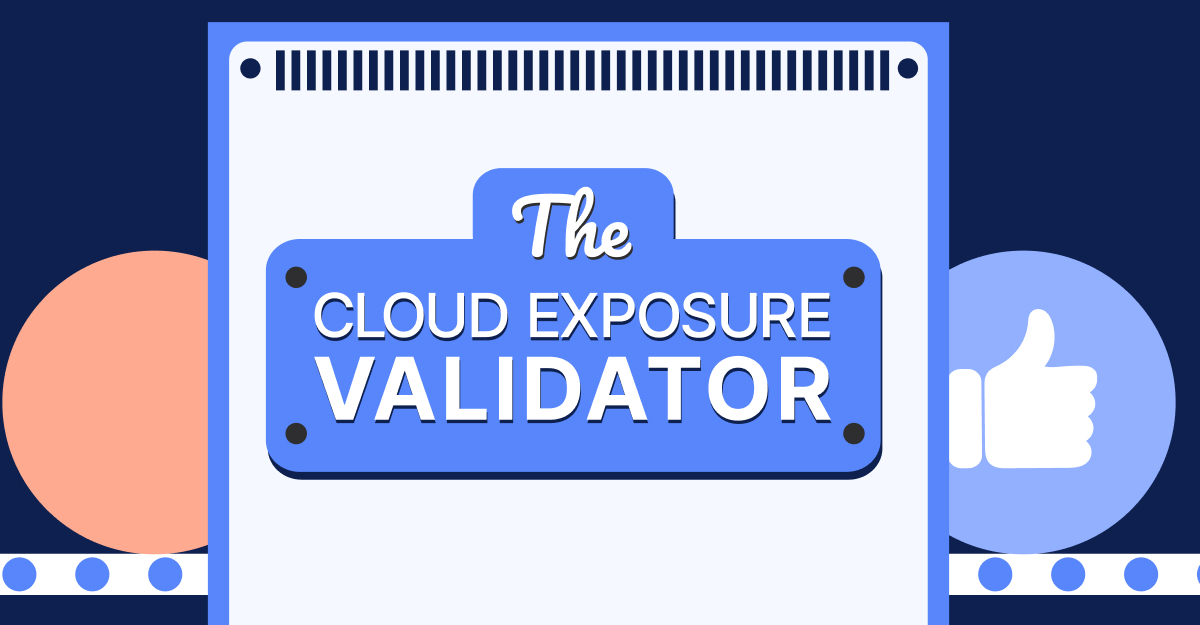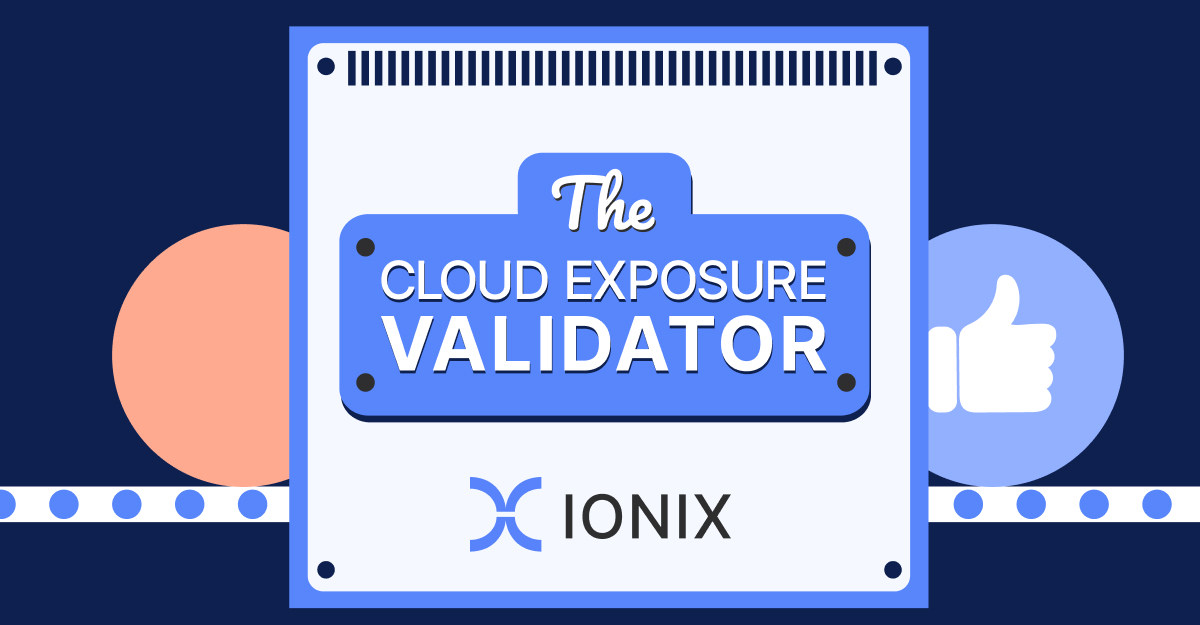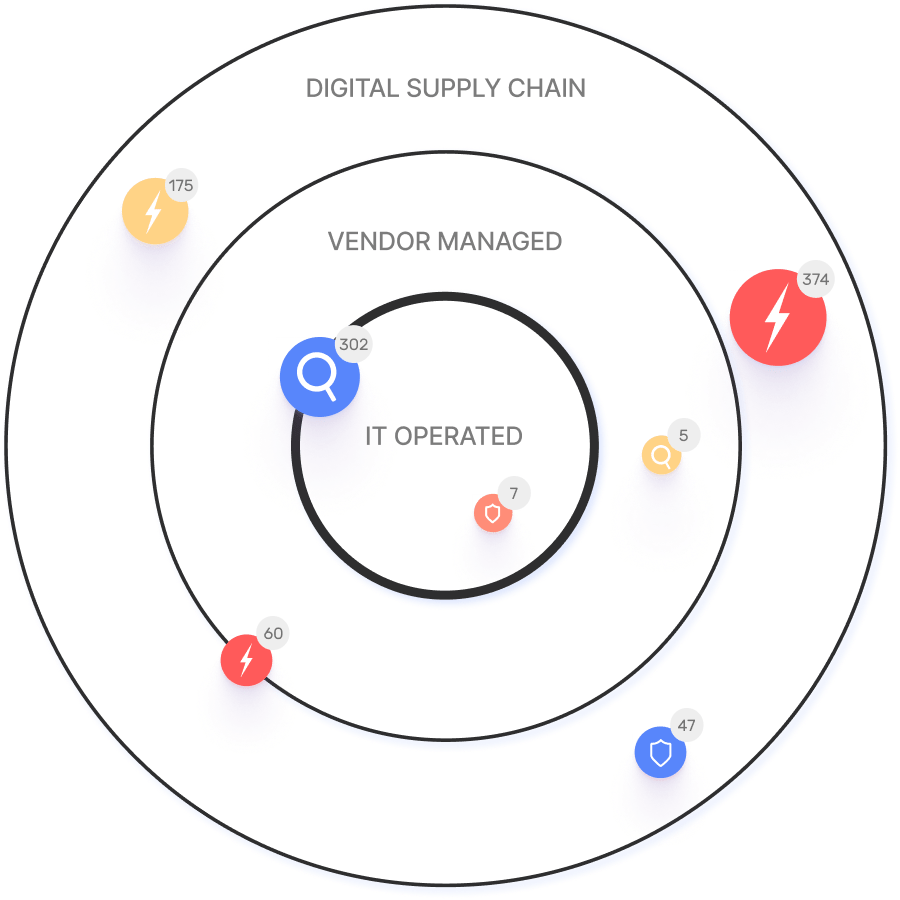Frequently Asked Questions
Vulnerability Assessment Basics
What is a vulnerability assessment?
A vulnerability assessment is a process that uses automated scans to identify and prioritize security weaknesses in an organization's digital attack surface. These assessments search for software with known vulnerabilities and misconfigurations, providing insights into potential risks and enabling security teams to remediate threats. Learn more.
How does a vulnerability assessment work?
Vulnerability assessments begin by scoping which assets will be included, then use automated scanning tools to identify known vulnerabilities in software and operating systems. The scanner checks for Common Vulnerabilities and Exposures (CVEs), prioritizes findings using Common Vulnerability Scoring System (CVSS) scores, and generates a report with recommended remediation steps. Read more.
Why are vulnerability assessments important?
Vulnerability assessments are crucial for identifying security weaknesses before attackers can exploit them. In 2024, over 40,000 new vulnerabilities were assigned CVEs. Regular assessments help organizations find and close vulnerabilities, reducing risk and potential costs associated with security breaches. Source.
What are the limitations of vulnerability assessments?
Vulnerability assessments have several limitations: they may not validate exploitability, leading to false positives; they can miss threats like misconfigurations or custom code errors; severity-based prioritization may lack business context; and results can become outdated quickly if assessments aren't performed regularly. Learn more.
How do vulnerability assessments differ from penetration tests?
Vulnerability assessments use automated tools for broad, surface-level scans of known vulnerabilities, while penetration tests are manual, focused exercises that exploit and chain vulnerabilities to simulate real-world attacks. Penetration tests validate vulnerabilities and provide deeper analysis but are more expensive and time-consuming. Read the full comparison.
Features & Capabilities
What features does IONIX offer for vulnerability assessment and attack surface management?
IONIX provides comprehensive, attacker-centric attack surface discovery, proactive automated risk assessment, business-centric risk prioritization, and automated remediation of exploitable risks. These features help organizations gain complete visibility, prioritize threats, and streamline remediation. Learn more.
Does IONIX integrate with other security and IT platforms?
Yes, IONIX integrates with platforms such as Jira, ServiceNow, Slack, Splunk, Microsoft Sentinel, Palo Alto Cortex/Demisto, AWS Control Tower, AWS PrivateLink, and pre-trained Amazon SageMaker Models. For a full list, visit IONIX Integrations.
Does IONIX offer an API for integrations?
Yes, IONIX provides an API that supports integrations with major platforms including Jira, ServiceNow, Splunk, Cortex XSOAR, and more. Details are available at IONIX Integrations.
What guides and resources does IONIX provide for vulnerability assessment and cybersecurity?
IONIX offers comprehensive guides, datasheets, and case studies covering topics such as vulnerability assessment, exposure management, web application security, and attack surface management. These resources are available at IONIX Guides and IONIX Resources.
Use Cases & Benefits
Who can benefit from using IONIX?
IONIX is designed for Information Security and Cybersecurity VPs, C-level executives, IT managers, and security managers across industries, including Fortune 500 companies. It helps organizations proactively manage risk, improve security posture, and streamline operations. See customer examples.
What business impact can customers expect from using IONIX?
Customers can expect improved risk management, operational efficiency, cost savings, and enhanced security posture. IONIX enables visualization and prioritization of attack surface threats, actionable insights, and reduced mean time to resolution (MTTR). Learn more.
Can you share specific case studies or customer success stories?
Yes. For example, E.ON used IONIX to continuously discover and inventory their internet-facing assets, improving risk management. Warner Music Group boosted operational efficiency and aligned security operations with business goals. Grand Canyon Education enhanced security by proactively discovering and remediating vulnerabilities. E.ON Case Study, Warner Music Group Case Study, Grand Canyon Education Case Study.
What industries are represented in IONIX's case studies?
IONIX's case studies cover industries such as insurance and financial services, energy, critical infrastructure, IT and technology, and healthcare. See more resources.
Pain Points & Solutions
What core problems does IONIX solve?
IONIX helps organizations identify their complete external web footprint, proactively manage security, gain real attack surface visibility, and maintain continuous discovery and inventory of assets. These solutions address challenges like shadow IT, fragmented environments, and lack of attacker-perspective visibility. Learn more.
What are the KPIs and metrics associated with the pain points IONIX solves?
Key KPIs include completeness of attack surface visibility, identification of shadow IT, remediation time targets, effectiveness of surveillance, severity ratings for vulnerabilities, risk prioritization effectiveness, completeness of asset inventory, and frequency of updates to asset dependencies.
How does IONIX solve pain points differently than other solutions?
IONIX uniquely identifies the entire external web footprint, proactively manages threats before escalation, provides attacker-perspective visibility, and continuously tracks assets and dependencies. These capabilities offer comprehensive risk management and dynamic tracking, setting IONIX apart from competitors who may overlook unmanaged assets or rely on reactive measures. Learn more.
Technical Requirements & Implementation
How long does it take to implement IONIX, and how easy is it to get started?
IONIX's initial deployment typically takes about a week and requires only one person to implement and scan the entire network. Customers have access to onboarding resources such as guides, tutorials, webinars, and a dedicated Technical Support Team. Read more.
What training and technical support does IONIX offer?
IONIX provides streamlined onboarding resources, including guides, tutorials, webinars, and a dedicated Technical Support Team to assist customers during implementation and adoption. Learn more.
What kind of ongoing support and maintenance does IONIX provide?
IONIX offers technical support and maintenance services during the subscription term, including troubleshooting, upgrades, and regular review meetings. Customers are assigned a dedicated account manager for smooth communication and support. See terms.
Security & Compliance
What security and compliance certifications does IONIX have?
IONIX is SOC2 compliant and supports companies with NIS-2 and DORA compliance, ensuring robust security measures and regulatory alignment.
Product Performance & Recognition
How is IONIX rated for product performance and innovation?
IONIX has earned top ratings for product innovation, security, functionality, and usability. It was named a leader in the Innovation and Product categories of the ASM Leadership Compass for completeness of product vision and a customer-oriented, cutting-edge approach to ASM. See details.
Customer Proof & Testimonials
Who are some of IONIX's customers?
IONIX's customers include Infosys, Warner Music Group, The Telegraph, E.ON, Grand Canyon Education, and a Fortune 500 Insurance Company. See more.
What feedback have customers given about IONIX's ease of use?
Customers have rated IONIX as user-friendly and appreciate having a dedicated account manager for smooth communication and support.
Competitive Positioning
How does IONIX compare to other attack surface management solutions?
IONIX stands out for its ML-based 'Connective Intelligence' that finds more assets with fewer false positives, Threat Exposure Radar for prioritizing critical issues, and comprehensive digital supply chain coverage. Unlike alternatives, IONIX reduces noise, validates risks, and provides actionable insights for maximum risk reduction and operational efficiency. Learn more.
Objection Handling
How does IONIX address value objections?
IONIX demonstrates immediate time-to-value with no impact on technical staffing, offers personalized demos, and shares real-world case studies to highlight measurable outcomes and efficiencies.
How does IONIX address timing objections?
IONIX offers flexible implementation timelines, a dedicated support team, seamless integration capabilities, and emphasizes long-term benefits and efficiencies gained by starting sooner.




